WASHINGTON - As we near the eighth and last year of Barack Obama's presidency, the economy still remains the overriding issue in the 2016 elections.
The national news media went gaga over last Friday's Labor Department report which said the economy created 271,000 jobs in October, with the national unemployment rate falling to 5 percent.
The Washington Post, the Obama administration's chief exaggerator, called it a "blockbuster jobs report," saying it showed "the job market has almost fully healed from the deep wounds of the Great Recession."
But if you read beyond the first paragraph of the Bureau of Labor Statistics report, you'll learn that the employment figure is in large part made up of part-time, low paying jobs and doesn't include millions of discouraged, unemployed workers who've stopped looking for work.
According to the BLS's household survey:
-- "Both the unemployment rate (5.0 percent) and the number of unemployed persons (7.9 million) were essentially unchanged in October."
-- "The number of long-term unemployed (those jobless for 27 weeks or more) was essentially unchanged at 2.1 million in October and has shown little change since June. These individuals accounted for 26.8 percent of the unemployed…"
-- "The number of persons employed part time for economic reasons (sometimes referred to as involuntary part-time workers)" edged down to 5.8 million workers.
-- "These individuals were working part-time because their hours had been cut back or because they were unable to find a full-time job."
-- Nearly two million workers were "marginally attached to the labor force" in October. They "wanted and were available for work, and had looked for a job sometime in the prior 12 months." But they "were not counted as unemployed because they had not searched for work in the four weeks preceding the survey," BLS said.
The survey among employers found that there were job gains in professional and business services, health care, construction and other sectors.
But an especially large area of employment gains were in low paying retail businesses, supermarkets, clothing stores, restaurants, fast food, and drinking places. And many, if not most of these jobs, were part-time.
Retail jobs, for example, climbed by 44,000 last month alone. Food services and drinking places added another 42,000 jobs.
But the economy the news media constantly praises every month for creating these jobs isn't much to write home about.
It is a depressingly part-time, low-paying economy that for many millions of American families doesn't pay their bills or make ends meet.
Do a little addition with the BLS unemployment figures, and you come up with nearly 8 million Americans who are still unemployed; 2.1 million who aren't counted because they have been jobless for 27 weeks or more; 5.8 million part-time workers who need full-time; and 1.9 million who are, in the administration quaint terminology, "marginally attached" to the labor force.
You can manipulate the job numbers in many ways under the Labor Department's slippery unemployment rules.
There are a lot of discouraged unemployed workers out there in Obama's economy. Stop looking for a job because you can't find one, and you're no longer counted among the unemployed. So the jobless rate declines, but you're still out of work.
Then there are the revisions in the job numbers that never get reported. For example, BLS said September's 142,000 job gains were later revised to 137,000.
So 271,000 new jobs last month may sound like a lot until you read the entire report and find the devil is in the details.
The real unemployment rate is not 5 percent. It's much higher than that if you include the longterm unemployed workers that Obama's Labor Department refuses to count.
And why not total all of the workers who are trapped in President Obama's part-time economy when they need full-time to survive.
We need an honest jobs picture each month. One for full-time jobs and another for barely part-time work.
As things stand now, figuring out what the monthly jobs report includes and excludes requires a team of hedge fund accountants.
But there are other statistics that shed light on Obama's shady economic statistics.
The quarterly gross domestic product (GDP), the broadest measurement of the U.S. economy's health, tell us that the Obama economy is sick.
It grew at a mediocre annual rate of 1.5 percent in the July-September quarter. New homes sales have plunged to a ten-month low in September. Consumer spending barely budged in the same month by 0.1 percent.
Obama's approval polls also tell us what Americans think of the job he's doing, and they're not happy with the way things are going in our economy.
According to Gallup, Obama's job approval polls have been stuck in the 40 percent range for a long time. As of Tuesday, nearly 50 percent of those polled disapprove of the job he's doing, and only 48 percent approve.
Perhaps the hallmark of his presidency has been how long it took him to pull the U.S. economy out of the Great Recession compared to previous presidents.
Seven years into his presidency, Obama's still presiding over a sluggish, slow growth economy.
Three years into his presidency, Ronald Reagan, who also inherited a deep recession, was boasting of economic growth rates between 5 and 8 percent.
Obama won a second term by carrying 26 states, while Reagan carried 49 states. There was no doubt who did the better job.
Examining Obama's Part-Time Economy
The opinions expressed by columnists are their own and do not necessarily represent the views of Townhall.com.
Advertisement
Advertisement
Advertisement

Advertisement

















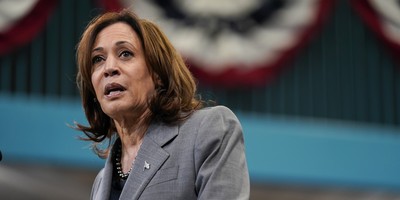
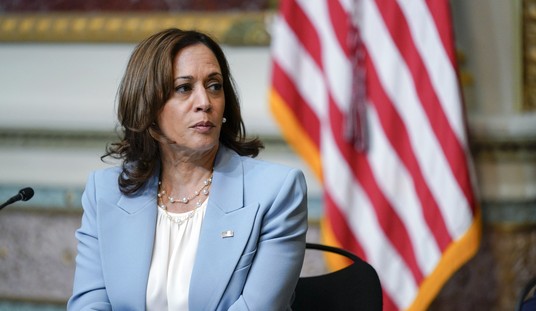
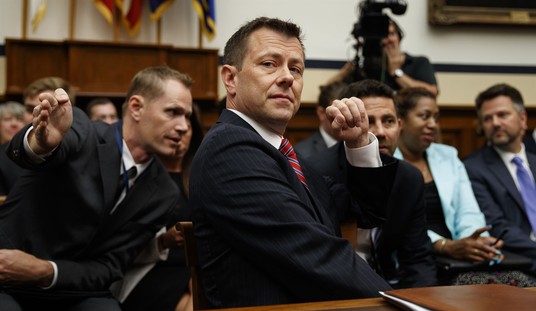

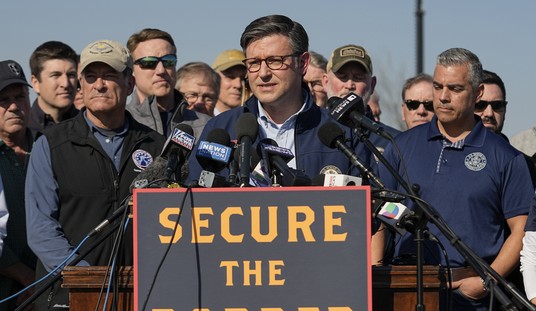
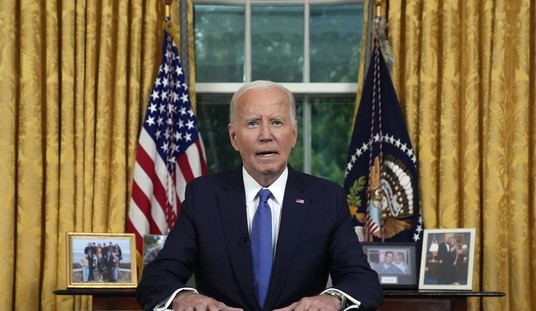

Join the conversation as a VIP Member